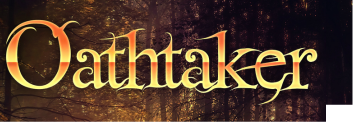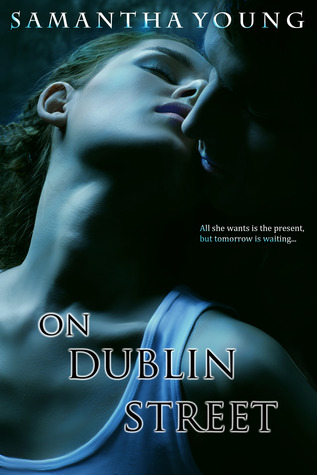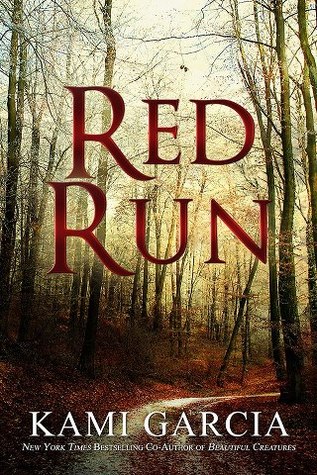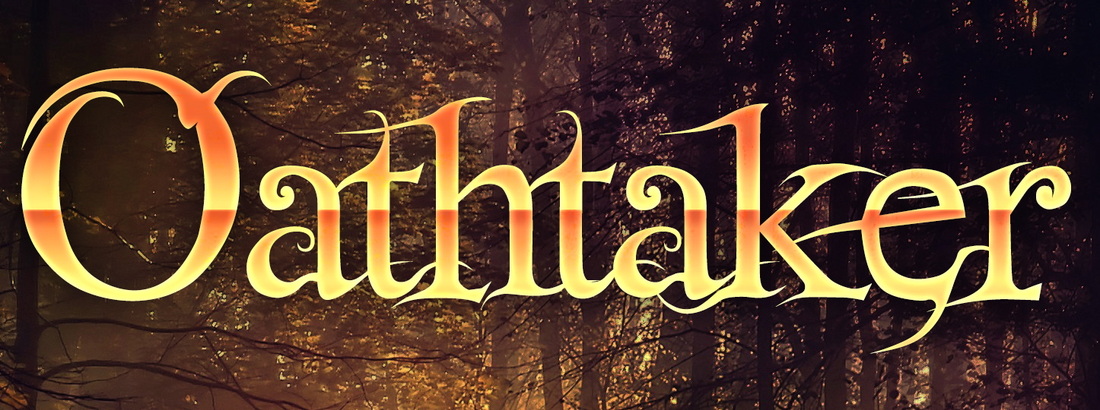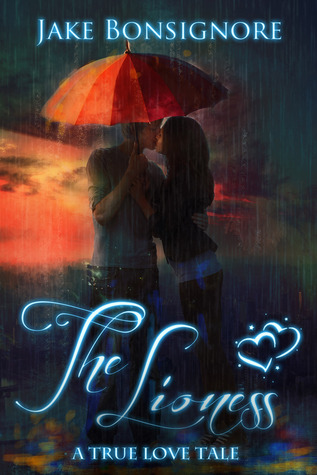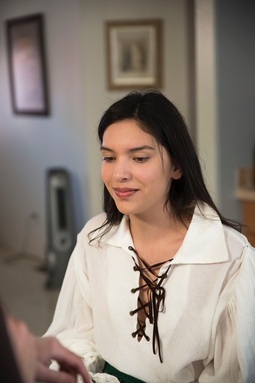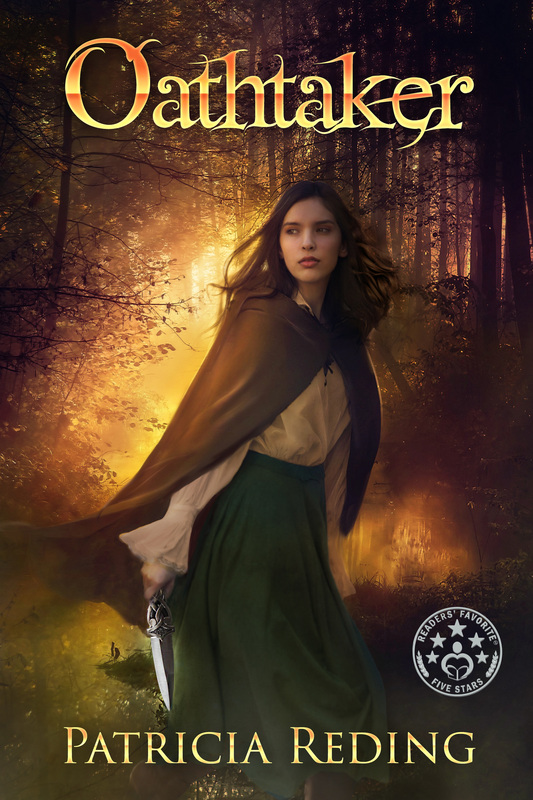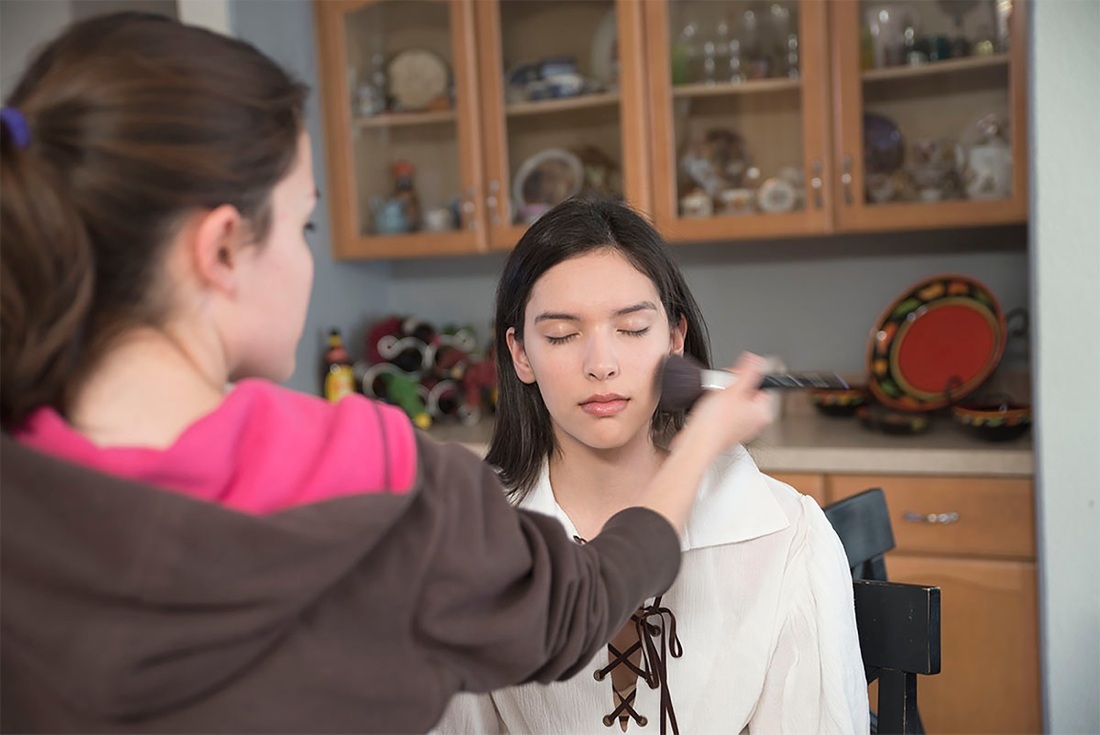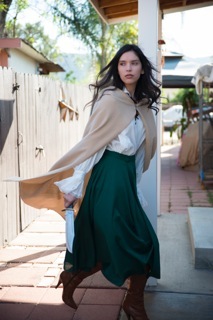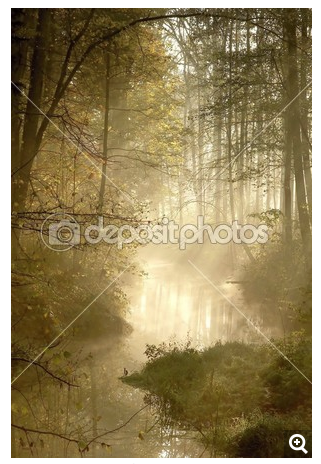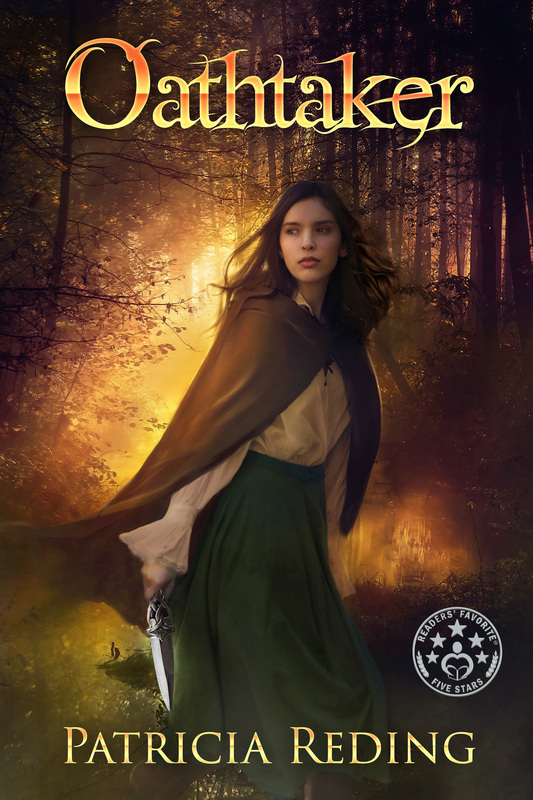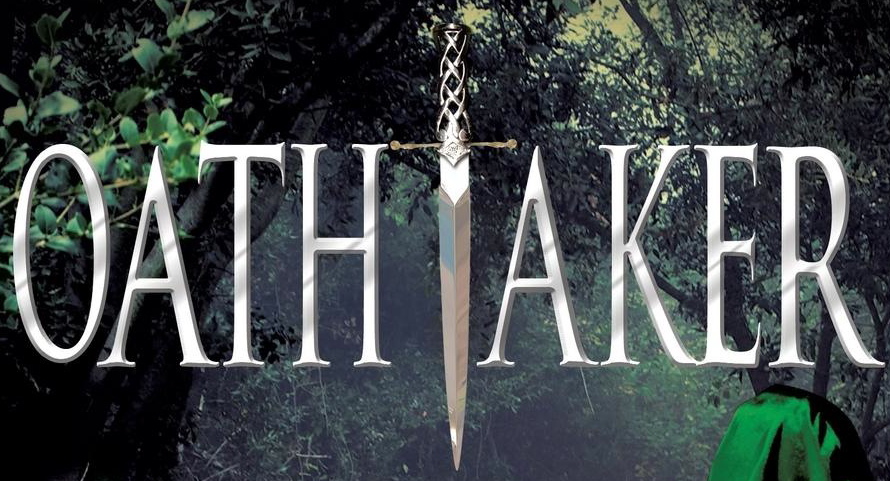It was such a pleasure to work with you both, Claudia and Catie. I wondered if you could share some background information.
Claudia, how long have you been designing book covers and how many cover that you designed do you estimate are in the market today?
If a deal is too good to be true, it usually is. I get a lot of covers that need to be redone, because a lot of other artists don’t follow the rules. Attention to behind the scenes detail is lacking, and I think that it’s one of the most important things.
I would add to the comments above, that Claudia and I discussed the importance of using a work that would not be found on other covers. We also discussed licensing issues and the difficulties that can arise when people use stock art for their covers.
Before you begin to spin your artistic magic, Claudia, what are the most important things an author can share with you that will help you to create the most appropriate, powerful and eye-catching cover for that author?
It works best for me as an artist if the author gives me a general overview of his characters and setting—a wish list, so to speak, of what he’d like the cover to look like. Then, I create that in my style of art.
Claudia and Catie, can you describe the process of designing a new cover, from model shoot to selecting a background, to changing colors and so forth? What role does the author typically play?
We like to try and get into the author’s head for the custom shoots. What is her/his character like in terms of personality, style, body image, and so forth? We then put out a casting call and once we have a good number of applicants, we send the photos to the author to choose from.
Makeup and hair is done on the shoot to the author’s character specifications.
We discuss the posing with the author. In fact, the author is included in almost every aspect of the journey.
Next, we cover background, colors and the author’s vision of how she wants the end result by throwing ideas back and forth with the author.
Catie adds the typography last. It should reflect the personality of the book. Certain time periods will have a font that reflects that, horror stories will have a font that screams out “spooky”, and so forth.
(Below is the font used for Oathtaker. It is called FairyDust.)
The significance of these things is very important, because without the essence of the character, the cover will suffer as well. I get details of the wardrobe and props from the author and if we don’t have the wardrobe already, I go out to find it.
The author plays a huge part in this. Without the author’s description, we can’t fully portray the character and make the cover it’s best.
Once the picture is selected and Claudia performs her magic on it, the font is to be prepared. That is something Catie does, right? How is the font chosen? What issues are taken into consideration when determining a font to use? What advice do you have for authors regarding font and back cover copy?
Yes, I (Catie) work with the font. The font is chosen based on the material of the book. If the book is a romance, I would imagine the author would want a romantic, perhaps swirly type of font. An author wouldn’t want to have that same font on a horror story though :)
My advice is to be careful. The font is extremely important, but it needs to gently enhance the cover. If an author is dead set on a blocky type of font, when the cover has more of a gentle feel, it just won’t work. My goal is for the font to make the cover even better.
So, Claudia, back to you. What is your favorite ever cover art that you designed?
My favorite would have to be “The Lioness” for Jake Bonsignore. That painted piece is my absolute favorite cover, and not the typical style for me either.
My most notable design success was “On Dublin Street” by Samantha Young, it was such a sudden thing. I never expected it get as big as it did. One morning I wake up and it’s #1 on Amazon, and that’s when everything kind of took off for me!
Thank you so much, Claudia and Catie.
Now, on to the model, Mybelin, whose loveliness graces my new cover. (Below is a behind-the-scenes shot from the day of my photo shoot.)
I met Catie and Claudia in January of this year and I worked on my first book cover a few weeks later. Your book (Oathtaker) is my fourth cover.
Do you have any specific training or experience (performing, for example) that you think helps you to portray cover characters?
I’ve had modeling training for the past three years, and taken acting classes for the past three years. I think that book covers require both of those skills to capture a story completely.
I imagine that kind of background would be helpful. Do you have a process for identifying with the character you will represent on a cover and if so, what do you do?
Most of my information regarding the character that I will represent comes through Claudia. She lets me know what the character should look like and what I should be doing, according to the author. Having at least a brief description of the character and the storyline is very helpful when it comes to the poses and expressions I will use.
How do you see to the practical considerations such as wardrobe, makeup and props? How is that decided? Who participates in the process?
Makeup and props are done for me and I do my own hair, but definitely wardrobe is the most challenging. The look is decided by the author, but the process of finding wardrobe has involved everyone, including my mom and my drama teacher and even some shopping trips. But I definitely have to credit Claudia for working with what I have and making it happen seamlessly.
I know that wardrobe for my cover was a real issue! You all did a marvelous job.
How long does a shoot take? What, other than wardrobe and makeup, if anything, do you to do prepare for a shoot?
The shoots normally take an hour to an hour and a half. Looking for and putting together the wardrobe takes the longest. I also prepare by thinking about the character and what poses and expressions I will do to represent her.
Do you have any cover modeling nightmares you want to share? How about specific successes?
I have not experienced any nightmares, but I have to say that your book cover (Oathtaker) certainly had me very stressed until the last minute because I couldn’t find a cape to use. I was supposed to borrow a cape from my school drama department and after waiting over a day, the classmate in charge of getting it for me, gave me a long tunic instead (like a sack of potatoes!). I ended up calling my mom one hour before the shoot to tell her, and I was so upset. She told me to look in her closet for a brown throw blanket to see if Claudia could work with that, and she ended up saving the day with that.
How do you react when you see your image on a book cover that you happen across when online or in a bookstore?
I haven’t experienced this yet, because the three covers I’ve done haven’t been released yet, but I think I’m going to be so excited, I might annoy a few people in the book aisles of the store.
What is your favorite cover ever that you modeled for?
I really enjoyed your book (Oathtaker) the most, because I think the time period is really cool, and Mara’s character is equally cool—and I liked using the dagger as a prop.
Well, I am happy to hear that, Mybelin. I am curious: do you generally read the books you’ve modeled for?
I haven’t been able to yet because none of them are out, but I do plan to read them as soon as they are out. I can’t wait!
Thank you so much, Mybelin. I am delighted to have you on my cover. Notwithstanding the difficulties in preparing the wardrobe we needed, it sounds like you had a good time. I will most certainly be watching for more from you!
Next time, I will discuss the process of formatting for publication. Until then!
